Clothes left hanging on the wires, rotting food in the pots and pans, abandoned bicycles on the street.
Forty years ago, time suddenly stopped in Varosha. The ghostly remnants of a thriving community seem like something out of a paranormal horror movie.
There are miles and miles of sandy beaches and hotels that are now reclaimed by nature, while soldiers patrol the streets with an order to shoot on sight. A horrible aftermath for a once promising, world-class beach resort.
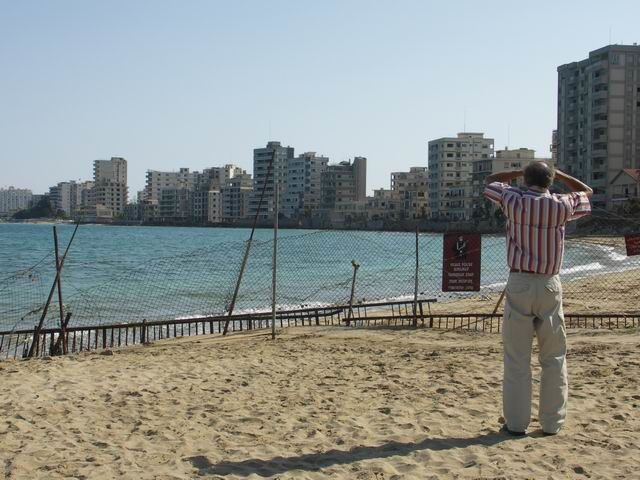
The abandoned city of Famagusta in Cyprus, where the Varosha quarter is located, was a priority destination and regular hangout place for the rich during the restless 1970s. Celebrities like Elizabeth Taylor, Brigitte Bardot, and many others would go to Varosha to relax and unwind. To cater to its popularity and flocking tourists, prestigious hotels and tall buildings were constructed.
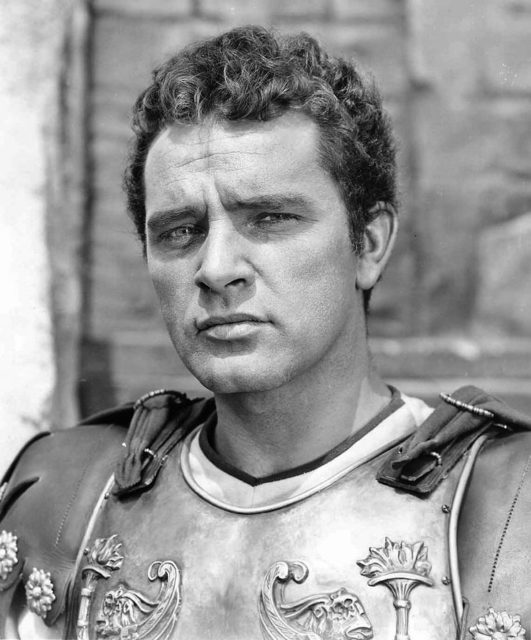
After years of inter-ethnic tension that ended with a coup, led by the Greek Junta, Turkey was forced to intervene and invaded Cyprus, occupying a large part of the island. The Greek Cypriots of the population thought that the sudden invasion of the Turkish military units (which drove the residents out of their homes) was only a temporary measure for evacuation.
The residents thought that after the conflict was quickly resolved, they would be free to return to their houses. It was a blistering summer of ’74.
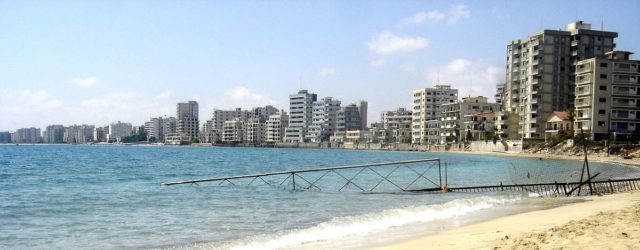
The fleeing inhabitants were in such a hurry that abandoned objects littered the streets. Half-open doors, children’s toys left behind, and huge buildings reclaimed by nature look like a post-apocalyptic nightmare. It is under the occupation of the Turkish Army to this day and entry is strictly forbidden.
Among the ruins of the once luxurious resort, a garage for dealing cars can be found, with vintage vehicles of the ’70s still rusting away. There are also old boutiques with mannequins wearing untouched fashions of the disco era, rare sea turtles that found new homes within the quiet sand dunes, and Varosha’s infrastructure damaged beyond repair.
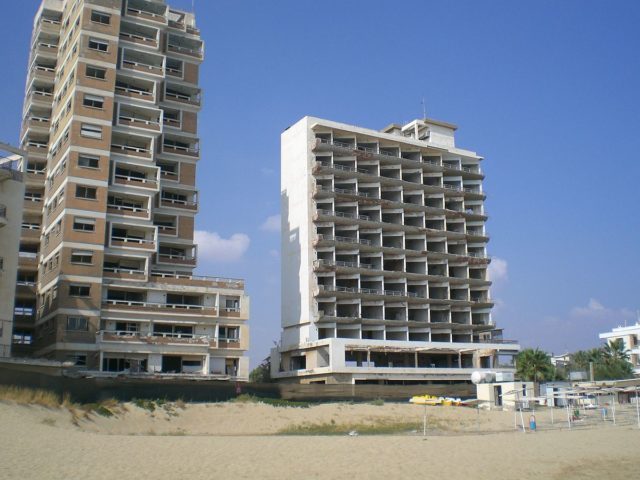
Even the photographers who manage to venture do not credit their own photos out of fear. The pictures of the ruined city circulate the Internet without the authors’ names.
To this day, the dispute between the countries remains complicated and unresolved. Varosha is still a shell of its former glory, a wretched ghost town on the Mediterranean Sea.
The optimistic Greek Cypriot-American Vasia Markides aims to return the resort to its former glory. She is planning to turn the city into a model eco-city that runs on sustainable energy with her Famagusta Ecocity Project.
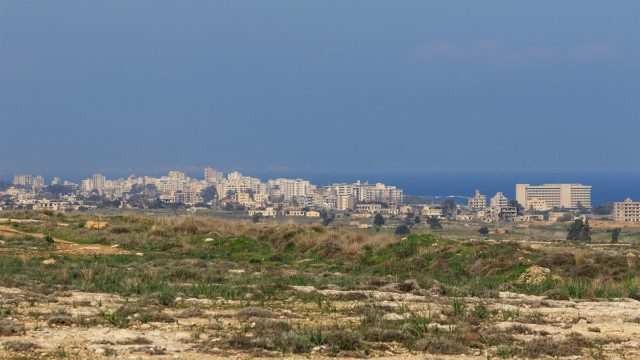
Despite the barbed wires and the patrolling soldiers, Markides is very optimistic about her project, using solar energy to “resurrect” the city. Markides also remarks that the city’s decision to build large hotels, with the tall buildings blocking the sun from the beaches during mid-day, ruin the fun for sunbathers.
In 1984, a UN resolution prohibited any sort of meddling from other countries and said that the conflict must only be resolved by the belligerents forced out of their homes. The exiled residents still write poems and create signs protesting their unjust exile and pin them on the barbed wire.
Fiona Mullen, who is involved in the Famagusta Ecocity Project, states: “It is a delicate issue”. While it is true that it would make a very big difference to how Greek Cypriots view Turkey, the Turks and Turkish Cypriots have always worried that if they gave back Varosha, the Greek Cypriots might just ‘pocket’ it, and not give anything in return.”
In the longstanding stalemate between the Turkish and Greek Cypriots a resolution is long overdue. This will dramatically reduce the difficulty of rebuilding the ruined Varosha, bringing back its golden beaches, flourishing tourism, and economy. Most importantly, a resolution will invite the former inhabitants and their children back to their homes.
